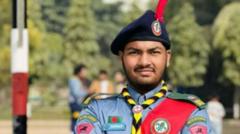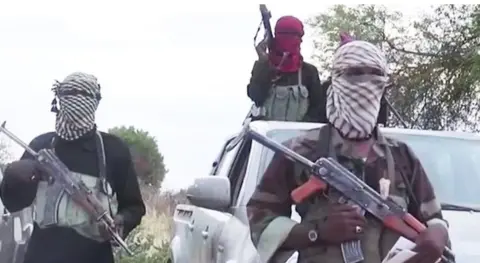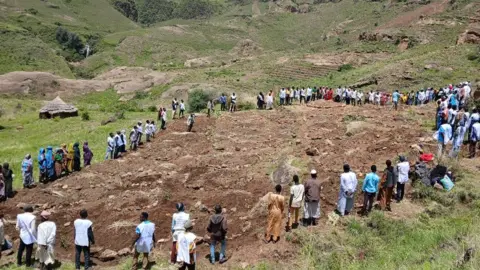In a devastating event for Bangladesh, an F-7 fighter jet from the Bangladesh Air Force crashed into the Milestone School and College in Dhaka, marking a significant tragedy in the nation's aviation history. The incident, which occurred as the aircraft was on a training flight, resulted in the deaths of at least 31 people, most of whom were young students, with countless others injured in the chaos that unfolded.
Eyewitness reports describe an apocalyptic scene. "It was like 30 or 40 thunderbolts falling from the sky," recounted 18-year-old Ahnaf Bin Hasan, who was near the playground when the plane nosedived just feet above him. Amidst the smoke and flames that filled the air, Ahnaf mentioned the heartbreaking cries of children and a terrifying atmosphere of panic. "I saw a student lying on the ground, torn apart," he added, reflecting the trauma that many in the community are bound to carry forever.
According to the Bangladesh Air Force, the pilot of the jet experienced a mechanical failure shortly after takeoff and ejected just before the crash. Despite initially surviving with minor injuries, he subsequently died in the hospital, and the incident raised immediate concerns about safety protocols for military training flights over civilian areas.
As first responders rushed to the scene, many students displayed remarkable bravery, like Ahnaf who valiantly helped rescue classmates from the flames that consumed their school. His efforts, alongside those of other students and teachers, illustrated moments of sheer courage as they assisted peers amidst the horror of the unfolding disaster. One teacher, Mahreen Chowdhury, was particularly heroic; she risked her life to save at least 20 students, ultimately succumbing to her injuries.
The aftermath was marked by grief, particularly for families of the deceased. The loss of young lives such as 11-year-old Wakia Firdous Nidhi shocked the local community, where her uncle spoke of the ineffable pain of bureaucracy delaying the return of her body, a stark reminder of the chaos of that fateful day.
Social media buzzed with speculation about the official death toll and potential cover-ups, further fueled by discrepancies in reported numbers from various government agencies. Amid this confusion, one thing remained clear: for families, students, and teachers coming to terms with what happened, the psychological toll would be deep and long-lasting.
The traumatic memories of screams and chaos continue to resound in the lives of those affected. Students like Ahnaf express their struggles with nightmares and fear, perpetually haunted by that fateful day. With the school, usually filled with laughter and learning, now silenced by tragedy, the community faces the daunting task of healing together while grappling with fundamental questions of safety and accountability in the wake of such a disaster.






















